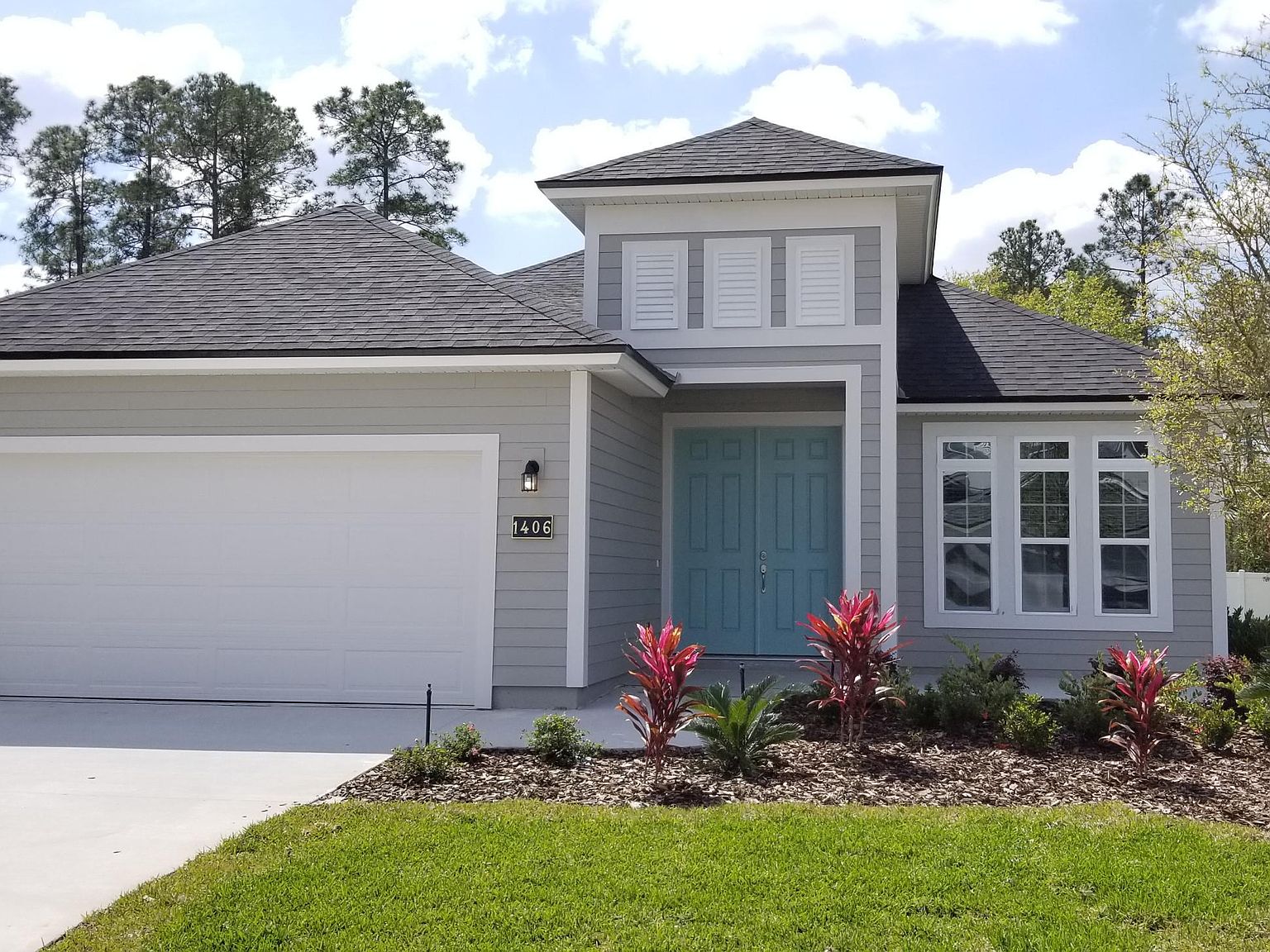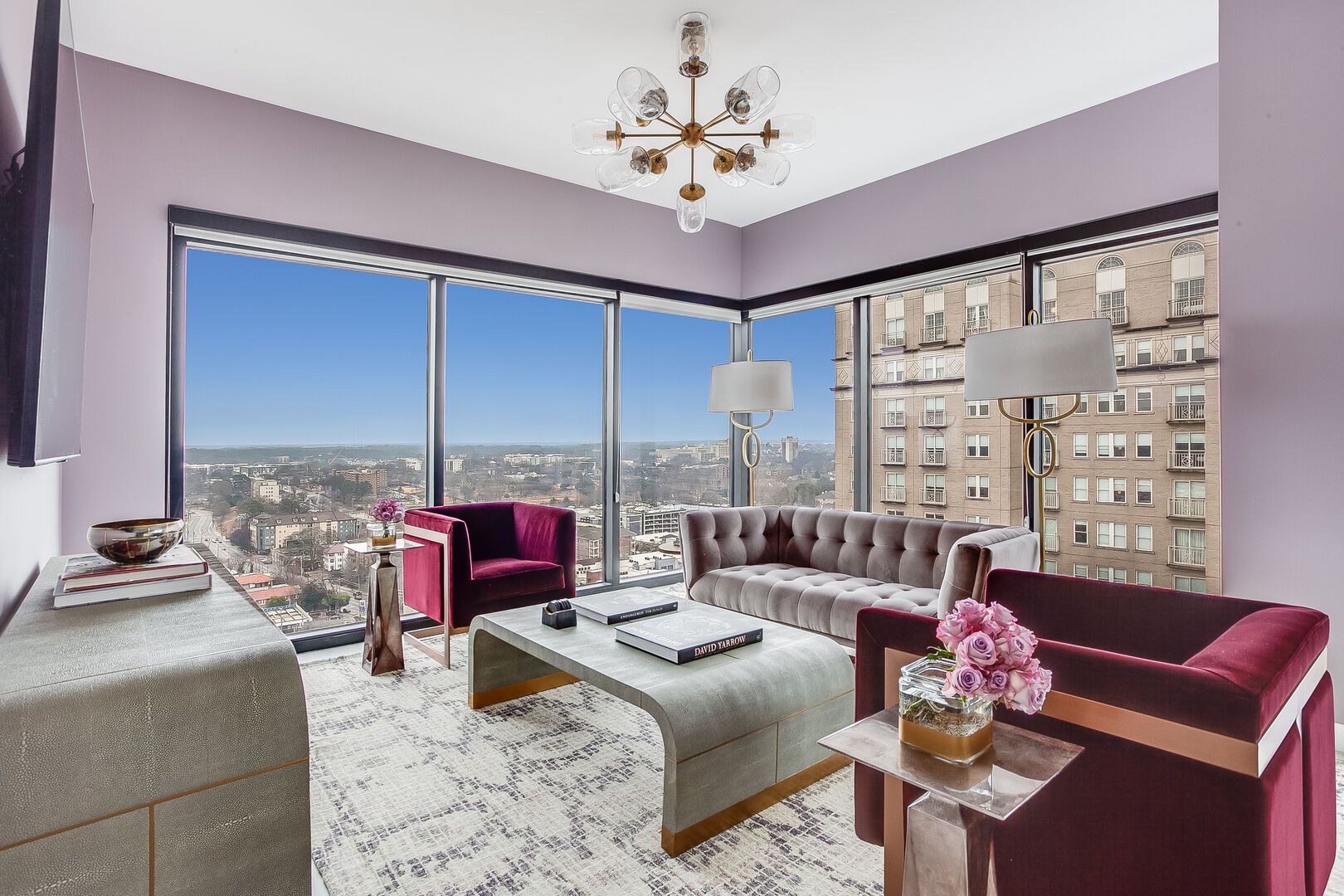

This interactive exhibit is great for children and families. There are many things that are included in the exhibit such as a floor of rubber, his original laboratory results about the amount of rubber each plant and tree produced, rubber samples in different degrees of completion and a film which depicts a recreation of the rubber experiment. You can see as well as experience an exhibit that shows how he started becoming interested in it and how important natural rubber is. Thomas Edison’s final major project for research was to find a natural rubber domestic source. The tours are available on Tuesdays at 10:30 am. This tour is very exciting and in-depth that isn’t combined with any of the other tours of the estates. The lab has gone through an extensive restoration which took two years. Here you will learn about how the research laboratory operated, which is a National Historic Chemical Landmark. Visitors can enter the lab of Thomas Edison on an hour long Inside the Lab Tour.

These give the visitors a look at how the residents were living during the period of time. There are actors in costume who are portraying the Ford’s, Edison’s and their friends. This car had been given to him by Henry Ford. There’s an air-conditioned museum that’s 15,000 square feet displaying some artifacts, inventions, and exhibits along with his Model-T Ford. Now it’s filled with the equipment that Edison actually used for conducting research. This had been built to research domestic sources for an organic source for rubber. Another favorite of visitors is Edison’s Botanic Research Laboratory (EBRC). The pier was built for delivering materials to use for construction. You can explore a total of 9 historic buildings which includes the house of Henry Ford and the main house, caretaker’s house, pier and pool complex of Thomas Edison.

You can also see one of the United States’ biggest Banyan trees. Today, these estates feature more than 20 acres of gorgeous botanical gardens and feature more than 1,700 plants. Since they wanted to spend their winters with the couple, Henry and Clara Ford bought the adjoining property and built a house in bungalow style and named the house The Mangos. This is where he spent the winters with his wife Mina until he died in 1931. Back in 1886, Thomas Edison bought land in Fort Myers, along the beautiful Caloosahatchee River and built his winter home which was given the name Seminole Lodge.


 0 kommentar(er)
0 kommentar(er)
